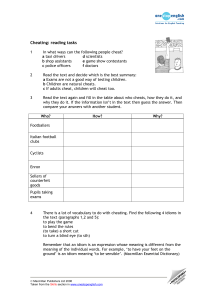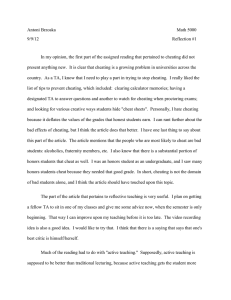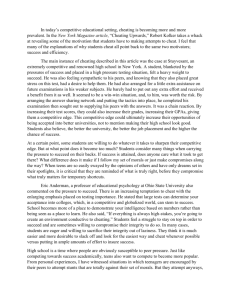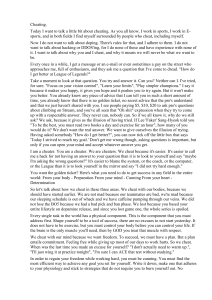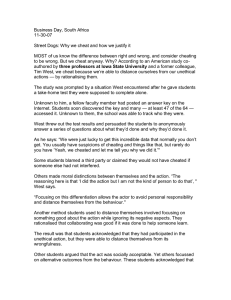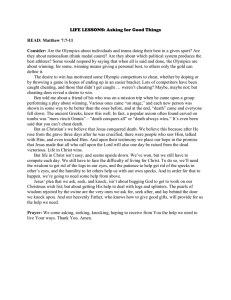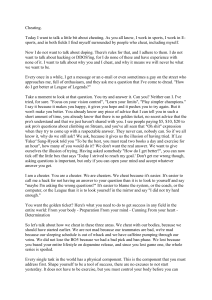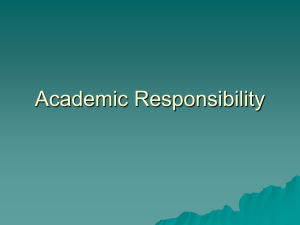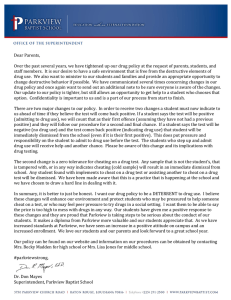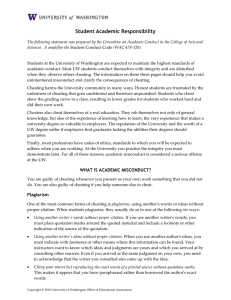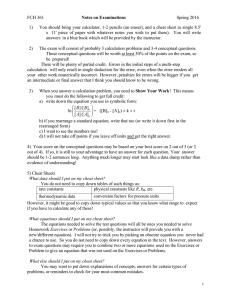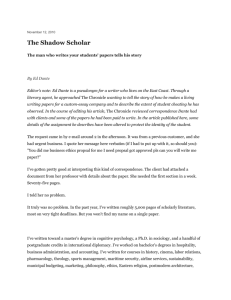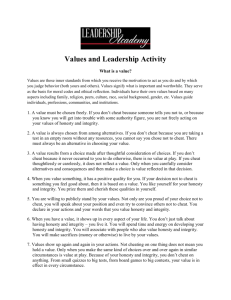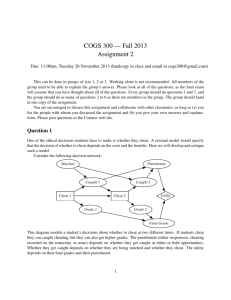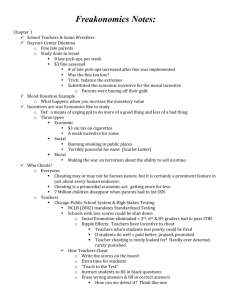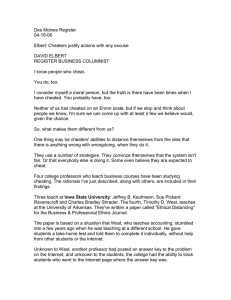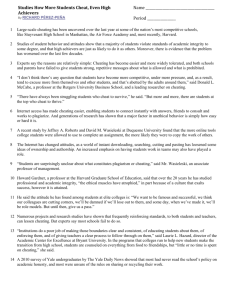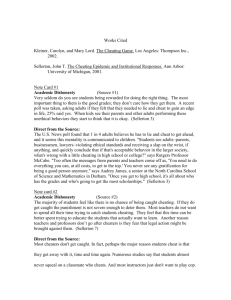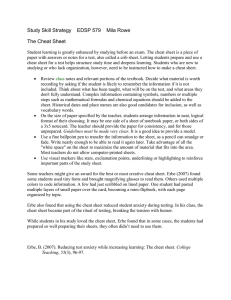Live Stream Problems? Call 573-341-XXXX
advertisement
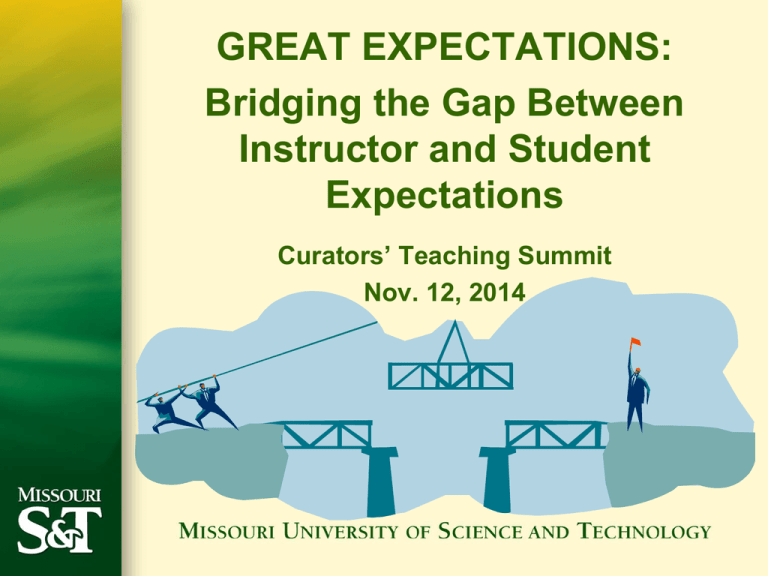
GREAT EXPECTATIONS: Bridging the Gap Between Instructor and Student Expectations Curators’ Teaching Summit Nov. 12, 2014 Dr. Larry Gragg Curators’ Teaching Professor and chair, History & Political Science and Dr. Jeff Cawlfield Vice Provost for Undergraduate Studies 2 What was the culture of academic honesty in students’ high schools? • Cheating more common than at S&T. • Teachers encouraged a collaborative learning atmosphere which contributed significantly to copying homework assignments which is where most of the cheating occurred. 3 What is the Culture of Academic Honesty at S&T? Students have a divided view on this question: • “everyone cheats”; “people cheat left and right”; “easily more than 75%”; “a very real issue” • “most students try to avoid cheating at all costs”; “students look down on cheating” 4 How Do Students Cheat at S&T? • • • • • • copy homework use file systems in fraternities and sororities use of cell phones during tests use cheat sheets or note cards in laps and on the floor look at another student’s exam buy solutions manuals with their texts 5 Why Do Students Cheat at S&T? • “stresses” in students’ lives and “time constraints” because of heavy workload in classes • challenging courses (“It is almost common knowledge what classes you have to cheat in to get A’s.”) • lazy students • lazy professors • tends to happen in classes not in a student’s major • inadequate academic support programs 6 Academic Dishonesty Cases, 2009-present* • • • • • • 2009 -- 42 2010 -- 46 2011 -- 55 2012 – 71 2013 -- 47 2014 -- 40 *as reported to the VPUS office 7 Types of Charges, 2014 • • • • • Assignment Misconduct—30% Examination Misconduct—14% Plagiarism—22% Clicker Misconduct—10% Other—8% Data as of October 2014 8 Wrap-up • Surveys! • Thank you for attending! 9
